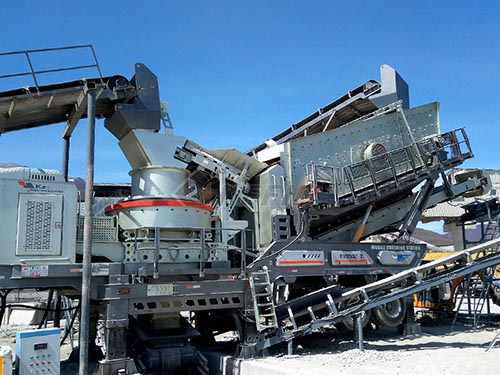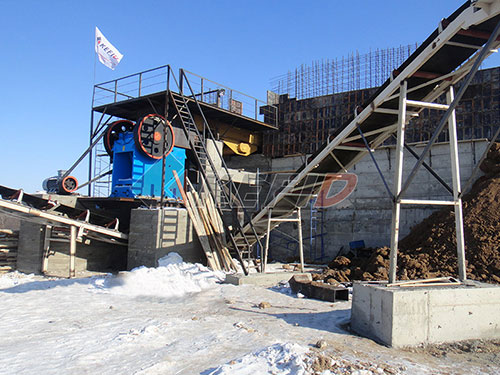Goodwin Stone Crushers: Engineering Excellence for the Foundations of Modern Civilization
In the relentless churn of global development – where cities climb skyward, highways stitch continents together, and infrastructure underpins modern life – lies an unsung hero: aggregate production. At its core stand machines of immense power and precision, transforming colossal bedrock into the essential building blocks of progress. Among the select few manufacturers whose names resonate with reliability and innovation in this demanding field is Goodwin Stone Crushers. More than just machinery suppliers, they represent decades of engineering prowess dedicated to solving the fundamental challenge of efficiently converting raw geology into usable construction materials.
The Genesis: Built on Bedrock Principles
While pinpointing an exact founding date often gets lost in corporate evolution, Goodwin’s origins are firmly rooted in post-war industrial expansion across Europe and North America during the mid-20th century. Recognizing the burgeoning demand for high-quality aggregates driven by reconstruction efforts and burgeoning infrastructure projects – highways, dams, airports – visionary engineers focused their talents on refining rock crushing technology.


Early Goodwin machines were characterized by robust simplicity and over-engineered durability – hallmarks that persist today. Foundries poured molten steel into heavy-duty castings; machining was precise; designs prioritized longevity under punishing conditions where abrasive dust permeates everything and tons of rock exert unimaginable forces hourly. This commitment wasn’t just about building tough machines; it was about building trust with quarry operators whose livelihoods depended on consistent uptime and predictable output quality.
The Technological Pillars: From Jaw Breakers to Precision Shaping
Goodwin Stone Crushers didn’t rest on laurels forged from cast iron alone. Their evolution mirrors the technological leaps within mineral processing:
1. Primary Crushing Powerhouses: Goodwin’s reputation was arguably cemented with their range of Jaw Crushers. Known for their deep crushing chambers, optimized nip angles (the critical point where rock is gripped), and heavy-duty toggle mechanisms, these machines excel at reducing massive boulders blasted from quarry faces down to manageable sizes for secondary processing.
Deep Chamber Design: Allows larger feed sizes and promotes better inter-particle crushing for improved efficiency.
Robust Toggle System: Engineered to withstand shock loads from uncrushable material tramp metal), minimizing downtime.
Versatility: Models range from compact units suitable for smaller quarries or recycling applications to massive primary crushers capable of swallowing rocks measured in feet or meters.
2. Secondary & Tertiary Refinement: Reducing rock size is only part

Leave a Reply